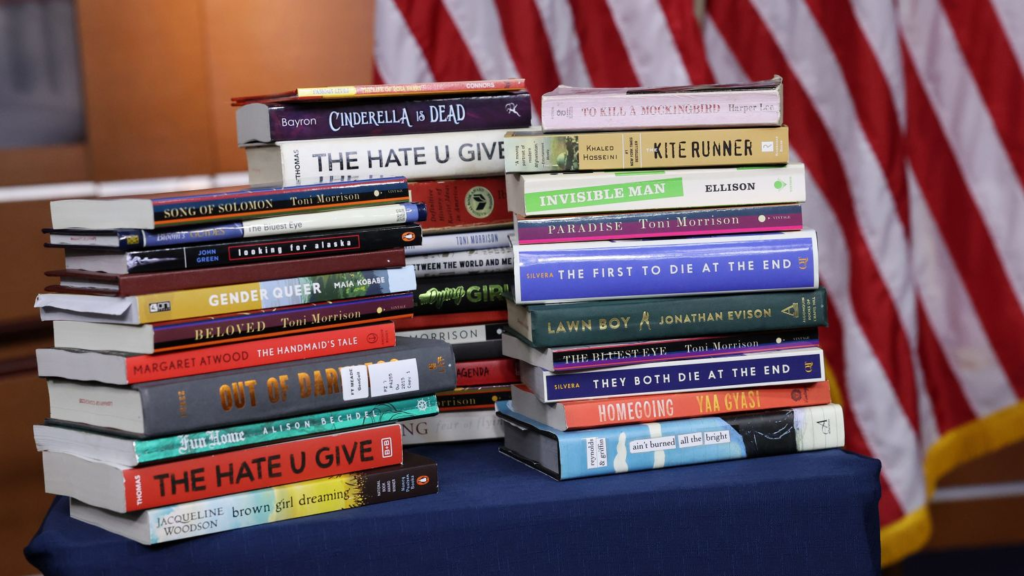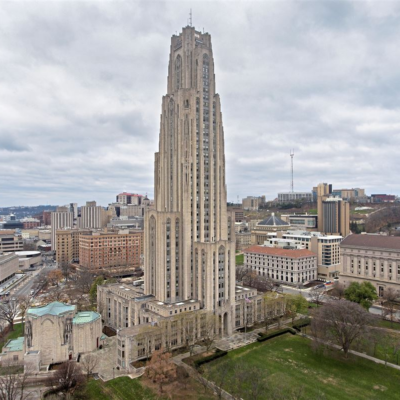Book bans in U.S. schools have become one of the most debated education issues in recent years. Across the country, parents, educators, lawmakers, and students are engaged in conversations about what content belongs on school shelves and what doesn’t.
But what is actually happening today? Are book bans in U.S. schools increasing, or is the trend starting to slow down?
This article explores the current situation around book bans, why certain books are being targeted, who is involved in the decisions, and how these bans are affecting schools and students.
What Does It Mean to Ban a Book in Schools?
When a school bans a book, it means that the book is removed from the school library, reading list, or classroom instruction. Sometimes a book is just challenged, meaning someone objects to it, but a full ban usually follows a decision by a school board or administrator to no longer allow students access to that book.
Books can be banned or challenged for many reasons, including:
- Sexual content or themes
- Racial topics and discussions of racism
- Strong language or profanity
- LGBTQ+ characters or themes
- Religious content
- Violence or difficult real-life experiences
Many of the banned books were written to reflect real-life experiences and represent diverse voices. Supporters of these books believe students benefit from seeing different perspectives. Opponents often say certain topics are not appropriate for school-aged children.
Is the Number of Book Bans Growing?
From 2021 through 2023, the number of book bans in U.S. schools grew quickly. Some education organizations recorded thousands of book challenges and removals across the country during that time. School districts in certain states banned dozens or even hundreds of books in just a single year.
States like Florida, Texas, and Missouri have reported the highest numbers of banned books. Many of these titles deal with themes related to race, gender identity, and sexuality. The increase in bans has often been linked to political campaigns, new state laws, or pressure from parent groups.
However, since late 2024 and into 2025, the trend may be slowing down in some areas. More schools and communities are beginning to question the rise in bans and consider the long-term effects on education and freedom of expression.

Signs That Book Bans May Be Slowing Down
Though book bans are still taking place, several signs suggest the pace may be slowing in certain regions of the U.S.
Legal pushback
In several states, courts have ruled that certain book bans go against First Amendment rights. These legal challenges have forced some schools to reinstate previously banned books.
Public opposition
Students, parents, authors, and teachers have spoken out strongly against book bans. Many have organized protests or spoken at school board meetings to defend the right to read and learn freely.
Clearer review policies
In response to community backlash, some school boards are creating better systems for reviewing book complaints. Instead of making decisions based on outside pressure, schools are turning to review committees and clearer guidelines.
Changing political climate
As more people become aware of the issue, some communities are starting to reject blanket bans and look for more balanced ways to manage content in schools.
Why Are These Books Being Targeted?
The books being challenged or banned often contain similar themes. Critics often argue that these books are not suitable for children, while supporters believe the books help students understand complex real-world topics and provide valuable representation.
Common themes in banned books include:
- LGBTQ+ representation and gender identity
- Stories about race, racism, and social justice
- Sexual health and relationships
- Trauma, abuse, or mental health
- Real-life struggles such as poverty, immigration, or addiction
Many of the most frequently banned books are written by authors of color, LGBTQ+ writers, or others from marginalized communities. Critics of book bans argue that removing these stories limits the diversity of voices students are exposed to.
Who Is Behind the Book Bans?
Book bans in schools often start with a parent complaint or a school board member’s concern, but many recent bans have been linked to organized efforts from advocacy groups or political figures.
Parent groups such as Moms for Liberty have led campaigns to remove books they believe are harmful to children. In some states, laws have made it easier for parents to demand the removal of certain books, even without reading the full content.
At the same time, educators, authors, and librarians are fighting to protect access to these books. Many argue that banning books undermines the role of schools as places of learning, growth, and open discussion.
How Do Book Bans Affect Students and Teachers?
Book bans affect more than just what students can read. They can impact the learning environment, student well-being, and teacher morale.
For students
- Reduced access to books that reflect their identity and experiences
- Less exposure to new ideas and perspectives
- Feelings of exclusion or confusion when topics that affect their lives are hidden
- Decreased interest in reading when stories are censored
For educators
- Fear of punishment for assigning controversial books
- Pressure to self-censor lesson plans and classroom discussions
- Frustration over losing the ability to teach important topics
- Increased job stress and burnout
Teachers and librarians are often stuck in the middle of these debates, trying to balance professional responsibilities with the concerns of parents, school boards, and political groups.
What Can Communities Do About Book Bans?
Whether someone supports or opposes a book ban, communities across the country are searching for better ways to handle the issue. Instead of extreme decisions, many are working toward policies that are fair and transparent.
Legal action
Some organizations are using the legal system to challenge bans that go too far. Courts are beginning to play a key role in deciding what is or isn’t allowed in school libraries.
Student activism
Students are taking the lead in defending books and free speech. From walkouts to online campaigns, young people are standing up for their right to read.
Parental involvement
Not all parents support book bans. Many are working with schools to create balanced reading lists and more thoughtful review processes.
Public libraries
Outside of schools, public libraries and bookstores are offering banned books to anyone who wants to read them, helping make sure stories stay available to the wider community.
Looking Ahead: What’s Next for Book Bans?
So, are book bans in U.S. schools growing or slowing? The answer is not simple. In some places, bans continue to rise. In others, they are slowing down due to legal, public, and educational resistance.
As the new school year begins, it’s clear that debates over book access will continue. The outcomes may depend on how schools, lawmakers, parents, and students work together to decide what role books should play in education.
It is likely that book bans will remain a key topic in education policy for years to come. What remains essential is ensuring that all students have the chance to read, learn, and explore the world through a wide range of voices and experiences.
Do Follow USA Glory On Instagram
Read Next – Democrat Catelin Drey Wins Iowa Senate Special Election, Breaking Republican Supermajority






